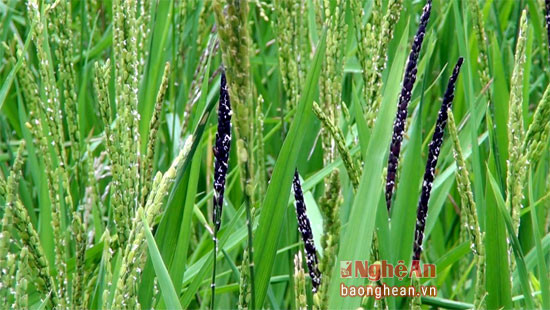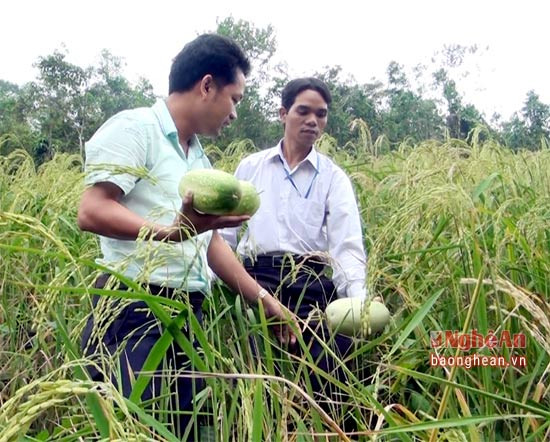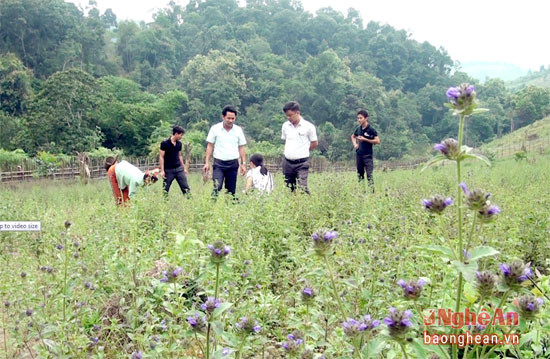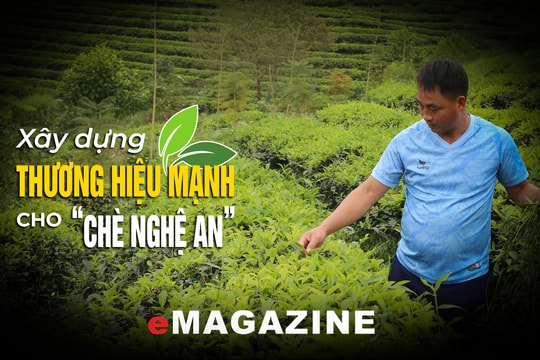'Khâu cay noi' rice, a specialty of the border region of Nghe An
(Baonghean.vn) - Preserving native plants and animals is one of the ways to create a unique mark and increase income for people. Accordingly, Que Phong district encourages people to develop native plants such as bon bo tree, yellow flower tea, wormwood tree, melon, black sticky rice, 'khau cay noi' rice and many other livestock to create a source of clean local products.
» Nghe An highland specialties present at Vietnamese Goods Fair
 |
| The "Khâu cây noi" variety always has one flower in a black rice stem. |
Que Phong border area is famous for food crops such as upland sticky rice, purple sticky rice and especially "Khau Cay Noi" rice.
"Khâu cây noi" is a small grain rice variety with fragrant and sticky rice, a traditional local variety. Its growing period is 20 days longer than other varieties but has high nutritional quality. Unlike other common rice varieties, "Khâu cây noi" always has a black grain in a rice plant, the rest are white grains.
This variety is only produced once a year, sown from the end of June to October, then harvested. The production process is done in the traditional way, ensuring clean and reputable rice products. Currently, Nam Nhoong commune is building a model with 15 participating households, each household planting 1 sao.
 |
| Khau Cay Noi rice is also intercropped with other crops to bring higher income per unit area. |
Mr. Lu Trung Thanh - Secretary of the Party Committee of Nam Nhoong commune said: "In recent years, native plant and animal varieties have been favored by consumers. Therefore, the district and commune have a policy of widely accepting them to make goods, helping people develop the economy and reduce poverty."
In Que Phong district, the native forest plant of Artemisia vulgaris is still preserved, which can cure liver disease, diuretic, and insomnia. At first, local people went to the forest to collect and sell to the market. But now many households have collected it to plant on their hills. Mr. Vi Van Thang in Quyn village, Quang Phong commune was the first person to spend a lot of time researching and bringing wild Artemisia vulgaris back to plant. Learning from Mr. Thang's family, up to now, Quang Phong commune has 16 households planting it on an area of more than 5 hectares.
 |
| In the area, there is also a conservation of the species of Artemisia vulgaris propagated from forest trees. |
With its unique climate and many unique native plants, Que Phong district is directing the conservation and development of native plants and strictly implementing the production process, building a brand of clean and safe products. Some products have been displayed, introduced, promoted and participated in fairs in many places inside and outside the province.
Kim Lieng - Ngoc Tang
Que Phong Station.


